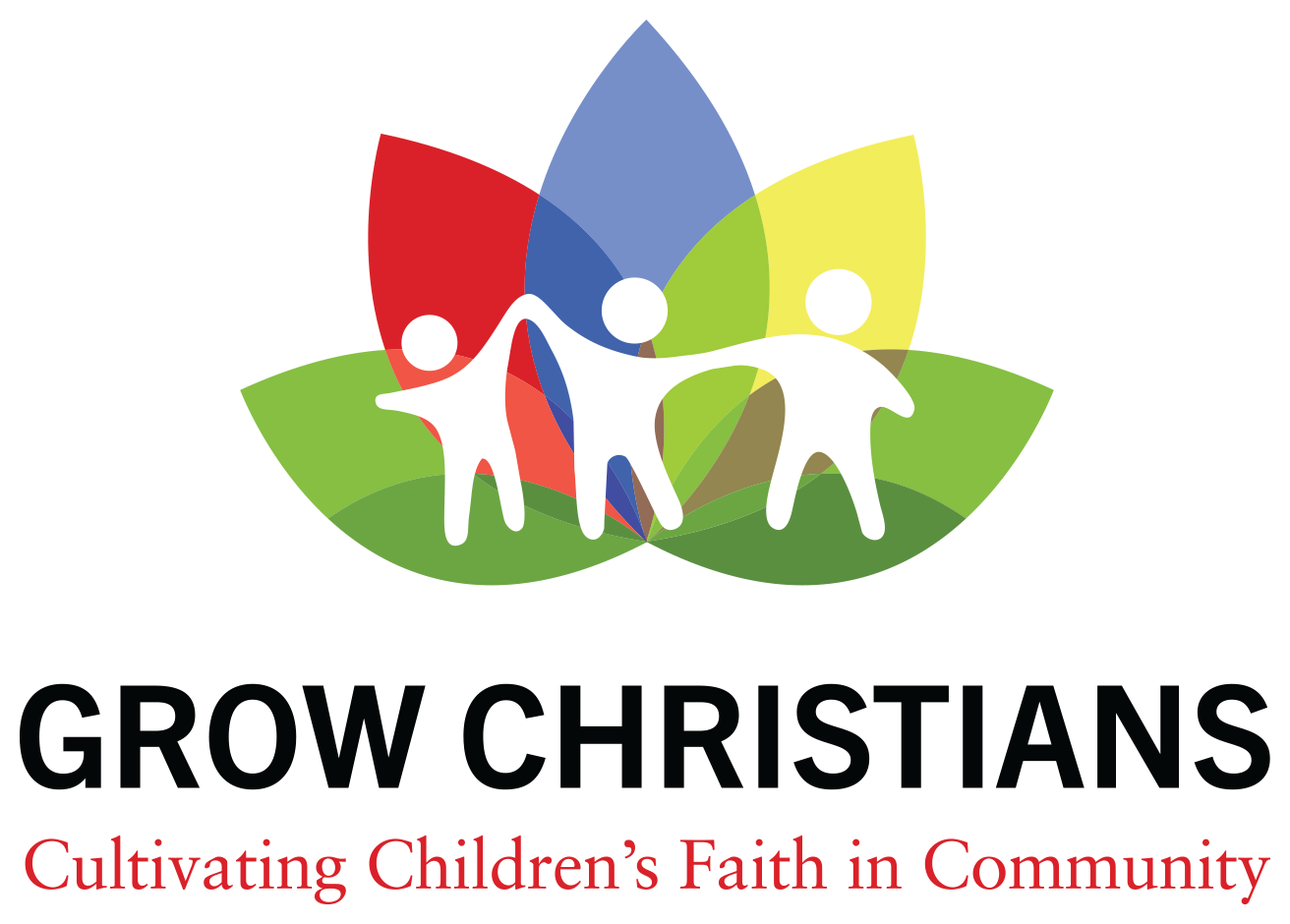Why was that lady kneeling next to the pew before she sat down? (Weird.) They seem to kneel or stand at the prayers…what’s wrong with sitting? Ok, they bow as the cross passes. Wait, does it matter how many fingers go in the holy water? The priest just mentioned the Trinity. Is that the secret cue to cross yourself? And can I cross myself with any hand, or is there a special hand?
I spent my teen years in churches that were physically freewheeling. In our services, you’d see hands waving in praise during a stirring chorus, tearful people falling on the altar rail when convicted, even folks lying prostrate on the floor as the spirit moved. A liturgical church was a whole new dance for me, and I wasn’t sure I liked it. Following a set of rules about why and how I should move seemed way too formal and stiff.
I soon learned the wisdom behind traditional liturgical movements, and why it’s important to do them even if you aren’t feeling it. Motions really do affect your spirit. Physically lowering myself by kneeling, or bowing to venerate something holy wasn’t merely respectful. Through it, my body spoke truth to my heart.
C.S. Lewis noted this in his famous Screwtape Letters. Giving advice about undermining a young Christian, the demon Screwtape observes, “They can be persuaded that the bodily position makes no difference to their prayers, for they constantly forget what you must always remember, that they are animals and that whatever their bodies do affects their souls.”

That’s the wisdom behind simple practices like closing your eyes and folding your hands during prayer. Not only does it shut out distractions, it quiets and humbles the spirit. I never insisted on it at home until my supremely distractible daughter came along. During nightly prayers, this dreamy girl turned and tossed, pinched her stuffed animals, and traced book covers. Her mind was as scattered as the books across her bedspread. So now before we pray, we remind her to get into “prayer position.” She folds her hands and closes her eyes. It’s basic. It’s small. And in that posture, she can focus (however momentarily) on thanking God at bedtime.
Whole body worship during the liturgy can be just going through the motions or it can be exalting Christ with our bodies (Philippians 1:20). If you’re heart is in it, it’s ok if you don’t get all the steps right. If the Episcopal liturgy is new to you, many churches offer helpful guides to new members. My favorite is “A Quick Guide to Worship Aerobics” from St. Joseph’s, Durham. After reading it, I had my children try a few out.
Pass the peace to each other.
It’s confession time–what do you do? (Right…kneel!)
Cross yourself.
Now GOSPEL cross yourself!
They thought it was a hoot. I think they’re learning with their bodies what it means to be part of Christ’s body, all of us dancing together.
For secular proof that changing posture actually changes body chemistry and attitude, take a look at Amy Cuddy’s “power pose” TED talk.
Here are other good guides to liturgical church movements
St. Mark’s Episcopal Church, Montesano, WA: Actions in Worship
St. John’s in the Village, New York: The Body Language of Worship
Trinity Episcopal Church, Woodlands, TX: Why Do Episcopalians Do That?
Anglican Pastor: Liturgical Dance Moves
[Image Credit: Public Domain via Pixabay]
_______________________________________________________________________________________
How do the movements of our Episcopal liturgies enhance your prayer life?
How do you incorporate praying with your body at home?
Discover more from Grow Christians
Subscribe to get the latest posts sent to your email.
